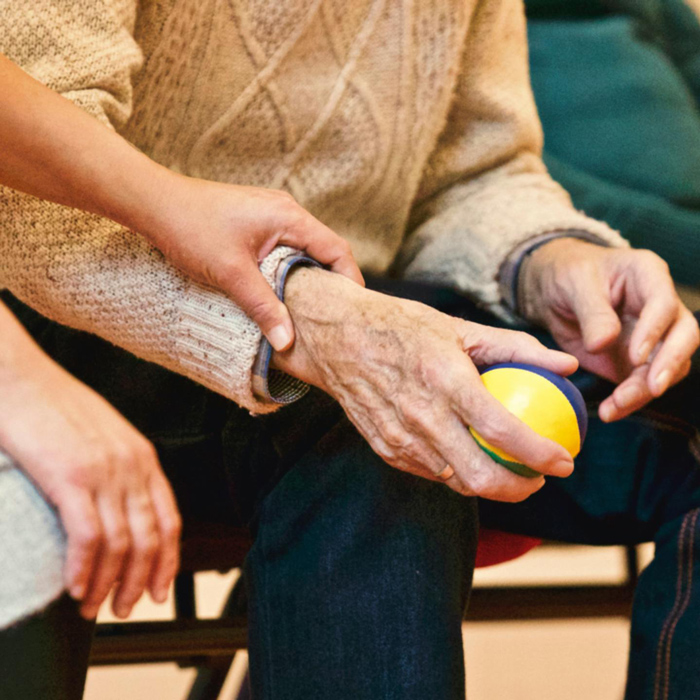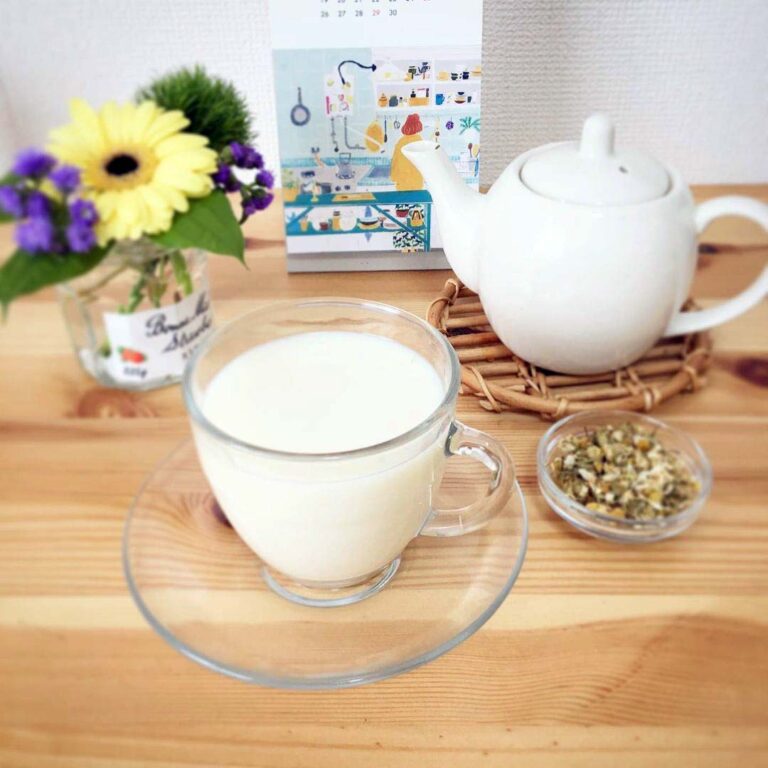Decisions in Aging: Home or Facility Care?
The decision of whether to stay at home or to move into a facility is complex because each person ages in a unique way. Multiple costs are to be considered. When choosing the right living environment for an elderly person, it is important to understand the different stages of aging. The decision of whether to move into a facility or stay at home can be complicated because each person ages in a unique way.
Takeaways
- When choosing a place to live for an older adult, there are five stages of aging that should be considered.
- Many people think that living at home offers the best of both worlds, but it comes with a price.
- The aging-in place campuses are located all over the country and can offer services to anyone at any age.
- Understanding the costs of housing and medical services and their monthly expenses will assist in making decisions.
- Seniors’ advocates are calling for greater policy and medical support.
Multiple costs are to be considered. When choosing the right living environment for an elderly person, it is important to understand the stages of ageing.
When individuals are preparing for older adulthood, it is important to get a good idea of variables like personal values, family support and financial resources. When a person already experiences aging changes, it is important to take action quickly.
[ruby_related heading=”More Read” total=3 layout=1 offset=5]
Five stages of aging
The path to getting older is not always a straight one. The aging process does progress in predictable stages, which geriatricians use to determine the appropriate level of support.
1. Self-sufficiency
When looking ahead to old age, it is common for people to start from a place of independence. They may suffer from mild chronic illnesses, but their symptoms do not impact daily life in any measurable way. They pay their bills on time, manage household chores and can still take care of themselves.
2. Interdependence
An older adult needs extra help when their bodies and minds are no longer as resilient as they once were. Someone can prepare a weekly medicine box to promote compliance and drug safety. Or arrange transportation for the elder because they are no longer able to drive safely. An older adult needs extra help when their bodies and minds are no longer as resilient as they once were. Someone can prepare a weekly medicine box to promote compliance and drug safety. Or arrange transportation for the elder because they are no longer able to drive safely.
3. Dependence
At this age, Activities for Daily Living and Instrumental Daily Living are difficult or impossible to perform on some levels. An elder might forget that they are cooking and create a fire risk. In addition, poor mobility can make it difficult to eat, walk, or transfer safely.
4. Crisis Management
Unpredictability can lead to a stressful situation. When a fall occurs with injuries, the domino effect can cause well-intentioned plans to go in unexpected ways.
A progressive heart failure is another common condition. It can result in the need for supplemental oxygen or fluid restrictions, requiring an immediate hospitalization. In order to return home after discharge , you may need paid assistance in your home or facility placement.
5. End of Life
Any palliative or hospice medical provider can tell you that the end of a life is never predictable. A crisis in the previous stage can catapult a senior adult to their death. The end of life can last longer than anticipated. Again, the choice of home or facility is at your fingertips.
Planning ahead can help you manage the changing aspects of aging. There are options to help an older person live safely in their later years, no matter what stage they’re at.
Ageing in place
In the 1980s, government policymakers and researches began to focus on aging in place. They intuitively recognized that older people universally wanted to remain in their homes.
Few people are comfortable leaving their family home as they age, because it represents independence, comfort, and fond memories. Families promise to keep their elderly parents in their familiar home and out of facilities.
Home living
Who is caring for these elderly people at home in all stages of ageing?
Most of the care provided to elders in private homes comes from untrained caregivers, usually adult children. This care can become frequent and even hourly.
They can burn out when they are “sandwiched”, between taking care of an elderly family member while also managing their busy schedules. Even the closest of relationships can be affected by this.
The best solution may be to hire agency caregivers if finances permit. Some people find the high cost of hiring outside caregivers prohibitive. This is a great way to keep an older adult who is dependent in their own home.
Staying at home can also require changes to the interior and exterior of your house to accommodate medical equipment and devices such as walkers, walk-in baths, wheelchairs and oxygen concentrators.
The price of staying home alone is high. Clinical depression and loneliness are not just mental health issues. Depressive disorders can also affect the body. This may lead to cognitive decline and chronic disease, or even death.
There is evidence that meaningful social interaction with others reduces depression among seniors. Senior housing is available for those who want to age in their homes with greater social support.
Model for aging-in-place homes
The US is home to a number of centralized campuses, which provide different levels and types of housing and care. The presentations are varied, but they all support the idea that, while changes in life as an older adult are inevitable, they don’t need to affect a senior’s living conditions.
One example would be independent patio homes available in a certain area. When a spouse dies , or if they are unable to maintain a large home, a resident can easily move into an independent apartment. If daily assistance is needed, assisted living is just next door. If needed, nearby nursing homes or memory care services provide 24-hour nursing.
Social bonding can be enhanced by formalized activities and meals with seniors.
Medicare does not cover independent living or assisted living as of the date this article was written.
Considerations of economics
Even with the best planning, it is likely that the decision will be made to either stay at home or move into a senior care facility. The financial cost of any decision must be taken into consideration, whether it is due to a gradual decline or a sudden crisis.
The average cost of medical treatment for people over 65, even with Medicare or VA benefits is estimated to be $138,000.
Statistically, it is easier for an older adult to meet their financial and social needs if they live with family members than if they live alone at home.
If the older adult suffers from dementia or has other medical conditions that are of high impact, then staying home alone or with family members may prove to be a financial and emotional burden in the long run.
Ageing support: What to do?
Physical, emotional and economic factors are all part of the complexity of aging. In the next seven-year period, there will be an increase of almost 20 millions older adults. These policies and programs, both medical and government-sponsored, are designed to address these needs.
Federal agencies, for example, are looking into increased funding to provide home care, allowing older people to remain in their own homes, despite the physical and medical demands that increase.
However, advocates for seniors want more and believe that the future will demand a rapid change in , how seniors are cared for and housed.
It’s hard to plan complex care; it’s an unknown. Pre-planning usually works out better in the long term than making split-second decisions. Knowing the full cost of aging can help seniors age successfully at any stage.






![Do Sauna Blankets Work For Weight Loss? [Must-Know Before Buy]](https://slashandscroll.com/wp-content/uploads/2022/09/Sweating-after-sauna-blanket-768x443.jpg)